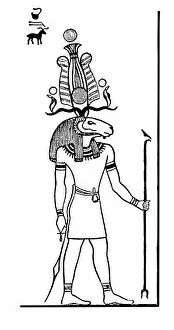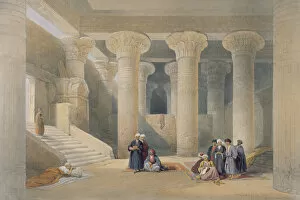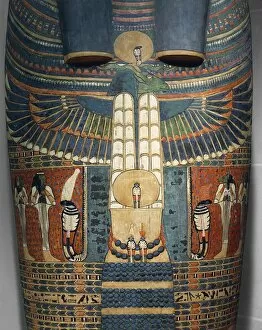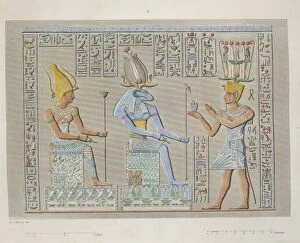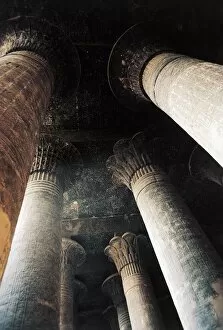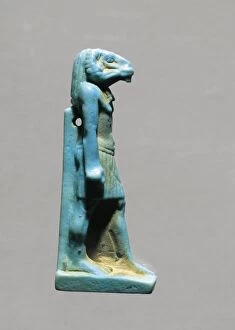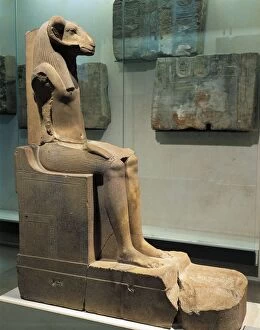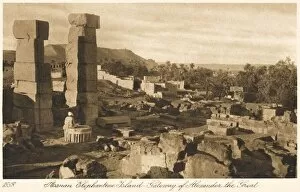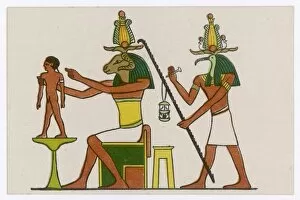Khnum Collection (page 2)
Khnum, the Egyptian god of creation and water, holds a significant place in ancient Egyptian mythology
For sale as Licensed Images
Choose your image, Select your licence and Download the media
Khnum, the Egyptian god of creation and water, holds a significant place in ancient Egyptian mythology. Depicted in various forms of art and architecture, Khnum's presence can be felt throughout Egypt. One remarkable representation is found in the Bas Relief of the Hypostyle Hall at the Temple in Esna, Egypt. This intricate carving showcases his divine power as he crafts humans on his potter's wheel. Another captivating depiction can be seen in the relief of Hapi, the god of the Nile in flood. This artwork adorns the walls of the Temple during both Ptolemaic and Roman periods. It symbolizes fertility and abundance brought by annual floods. Journeying to Aswan reveals more remnants associated with Khnum. The ruins on Elephantine Island stand as a testament to his worship. From views encompassing both old and new Cataract Hotels to glimpses towards these ancient remains, Aswan offers a unique perspective on this deity's legacy. The Facade of Hypostyle Hall also features an intriguing relief showcasing Thutmose III alongside gods Heka and Khnum. This grand temple was founded during Dynasty XVIII but underwent several renovations over time. Intriguingly, even within religious texts like "The Book of Dead, " we find references to Khnum. A detail from priest Aha-Mer's version depicts Anubis weighing souls while being observed by this deity. As we explore these engravings depicting Ancient Egyptian gods and goddesses, it becomes evident that they held immense reverence for their deities like Khnum who played vital roles in their daily lives. Through these artistic expressions scattered across North Africa, particularly Upper Egypt's Aswan region, we gain insight into how deeply ingrained religion was within Ancient Egyptian society—forever immortalized through depictions such as those found at Elephantine Island or Esna's Temple dedicated to Khnum.

